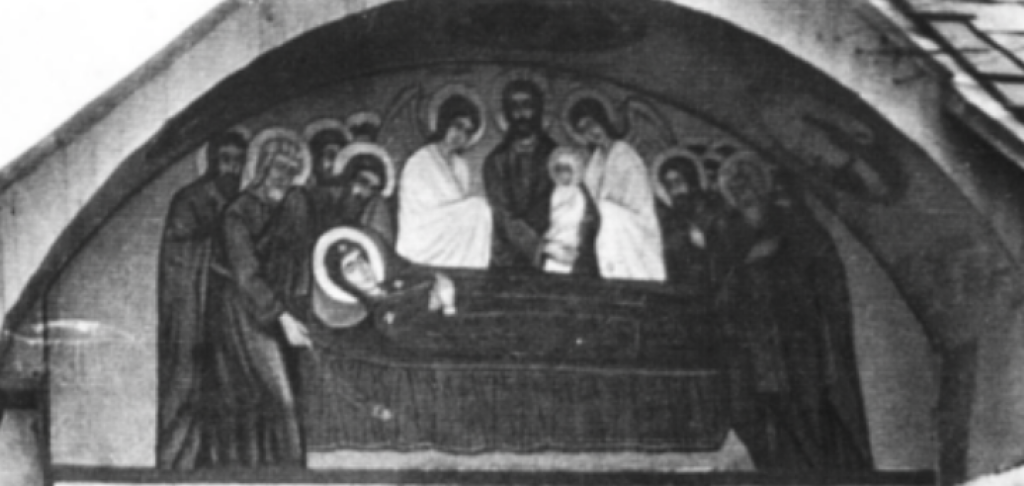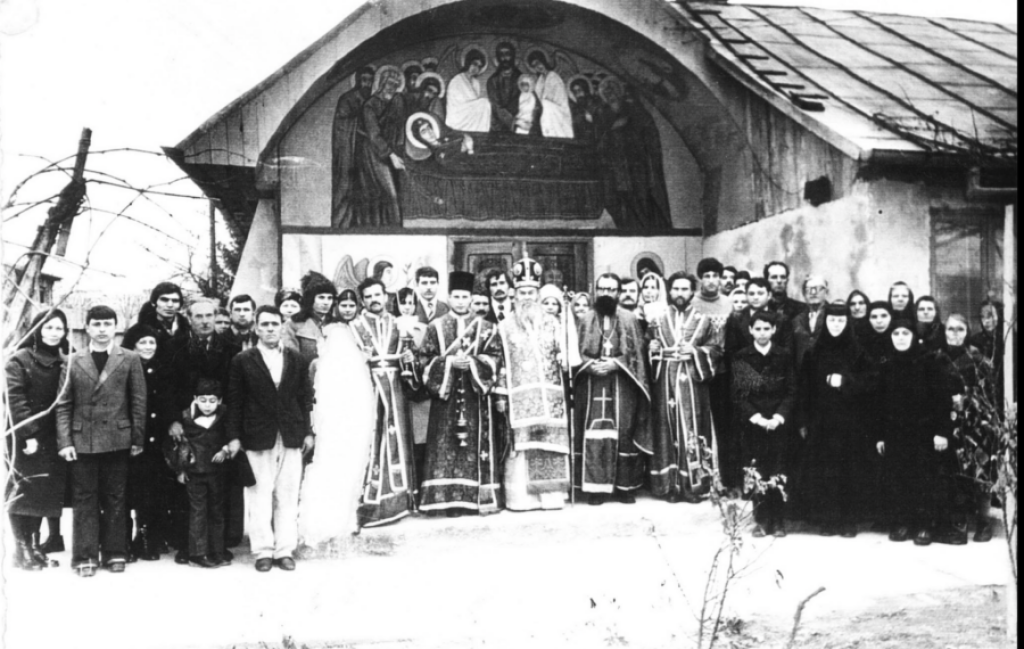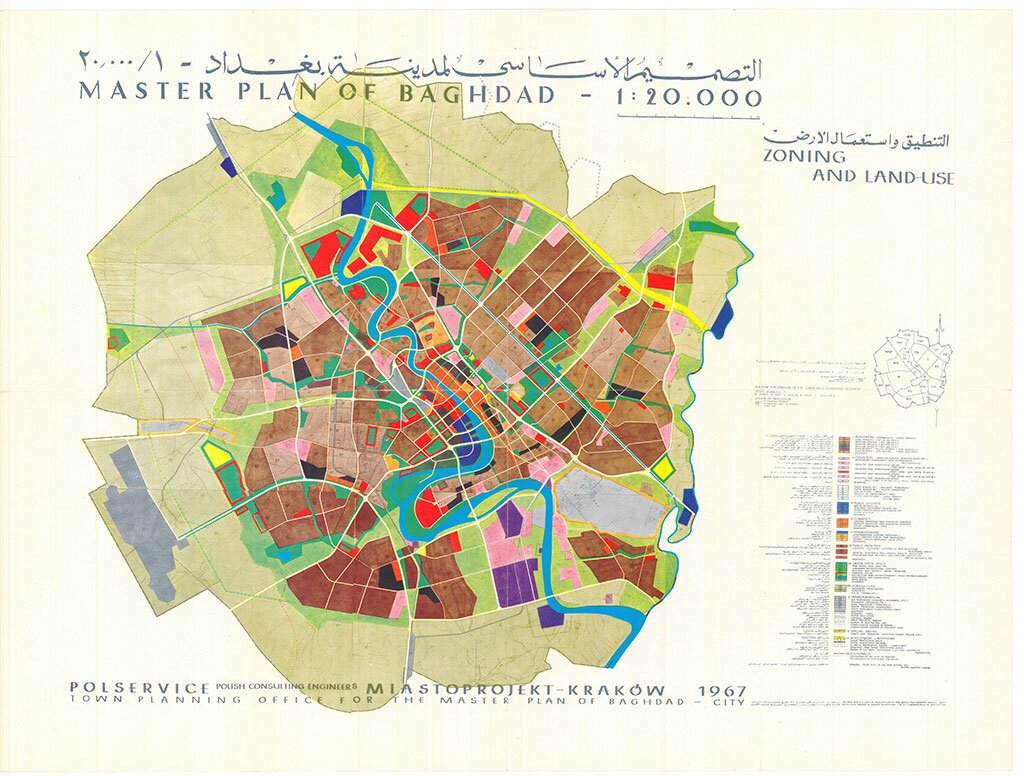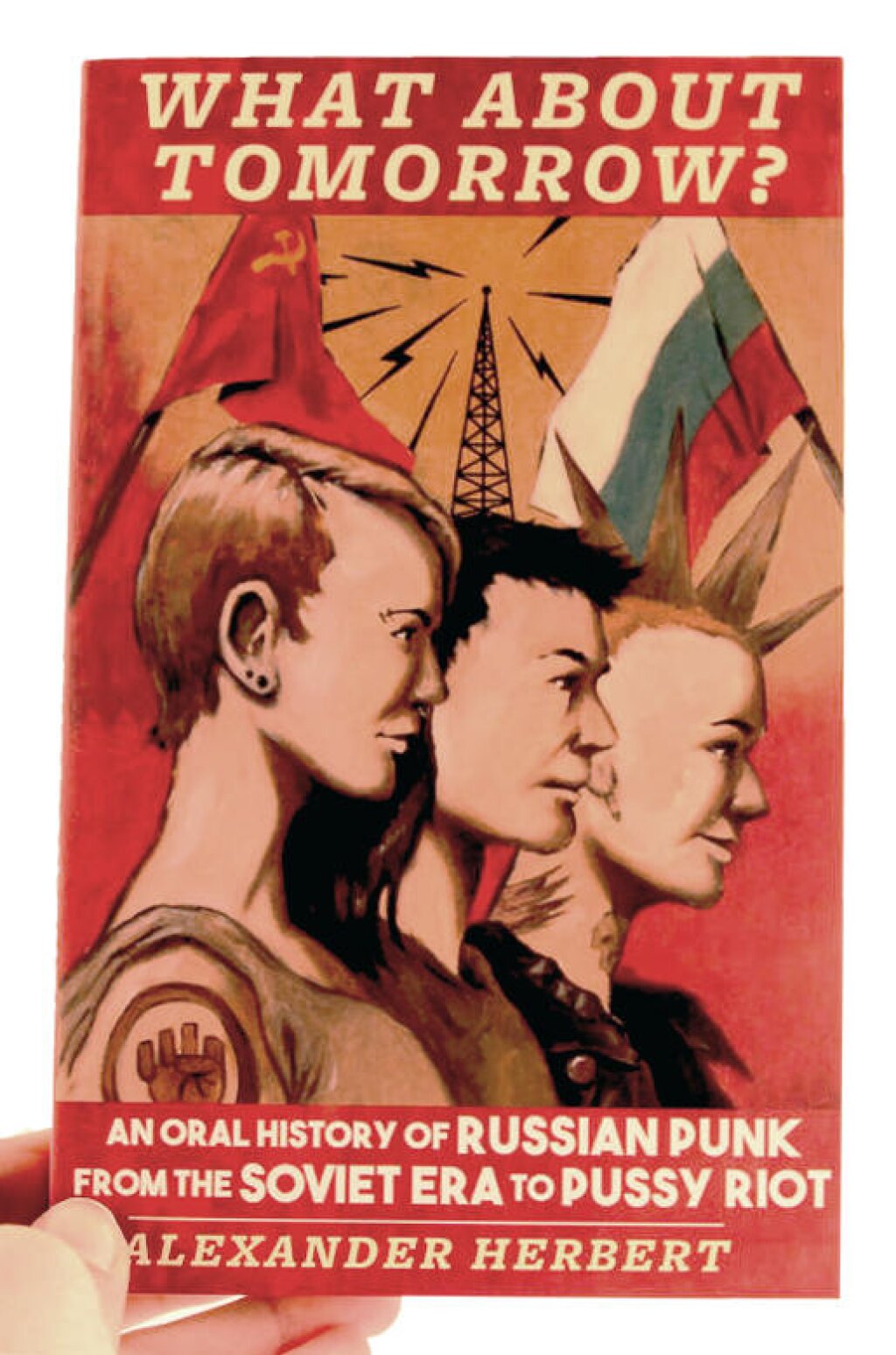This is Part II in a two-part series. Part I may be found here.
Dr. Anca Șincan is a researcher at the Gheorghe Șincai Institute of the Romanian Academy. She holds a PhD in history from Central European University, where she specialized in religion in communist Romania.
Soon after my first conversations with the Old Calendarist community, I was granted an interview with Bishop Flavian from the Bucharest monastery to discuss what steps the group could take in regards to the materials confiscated, copied, and preserved by the secret police. According to current European law, individuals have the right to strike from public archives any documents referring to their private life. Within this legal framework, our project’s goals were to inform and offer assistance (with the support of several NGOs) to those members of religious communities who wanted to restrict access to their secret police files.
During our discussion, the bishop asked me to tell the story of the community as it appears in the files. He interrupted and corrected the story many times, offering reasons for activities inside the community that informants and officers had missed. At one point, he stopped me in order to convey the story of the monastic community himself. Although most of this history was already present within the files, the information the secret police had collected came exclusively from people outside the community — neighbors, neighborhood policemen, postal employees, visitors, and so on. One reason the community's correspondence was followed so closely is that the secret police was attempting to piece together the group's story without privileged access to its inner workings. Based on experience with other files, I knew that this modus operandi was unusual for the secret police — indeed, it was generally easier for them to infiltrate communities and surveil them from within. Yet because of the sheer number of people present inside the monastery at all times, it was impossible for the secret police to place microphones inside the building itself.
What we call a "monastery," incidentally, began as a house on Televiziunii Street that the bishop had inherited, of which one room was transformed into a chapel. In 1965, the secret police closed this chapel and arrested the bishop. After leaving prison, he separated the chapel from the house and built it out into a church located in the building's courtyard. Twice the secret police swept up the community and destroyed the church, and twice it was rebuilt. The last sweep-up operation happened three years after the bishop's death in 1983. It was at that time that the secret police disinterred the bishop's body and demolished the entire compound, forbidding the monks from returning to the area.
To my question about whether they would like to see their files in the archives, Bishop Flavian replied: "We know our history, the secret police won’t be able to tell it to us." I noted that their history, as written by the secret police, is already being told. Would that be a problem for the community, and would they want to control the narrative? The bishop responded that "knowing the truth ourselves is enough." When I asked what would they like to do about the letters contained in the files, about Bishop Oța's theological writings, pictures, and sketches that the secret police either confiscated during operations against the monastery or created based on notes from informants, Bishop Flavian said that, while it would be amazing to have them, the process of getting to them is too complicated for the community to undertake. Despite my offers of help, he rejected the possibility of moving forward with further investigation, telling me that "the past should stay in the past."
During the meeting, Fr. Ghelasie, the young monk who had first contacted our team, seemed flabbergasted by some of the information both Bishop Flavian and I revealed. After the meeting, he asked whether I minded speaking to some of his brethren inside the monastery about the findings in the files. I observed a clear distinction between the attitude toward the past — and, implicitly, toward the information preserved in the secret police files — displayed by the younger, post-1990 generation versus the older generation that had experienced the activities of the secret police first-hand. Older generations' reticence toward the materials found in secret police archives might be rooted in several types of fear. One is fear of the state as such; indeed, many of my respondents believe that freedom of religion is still relatively new and could easily be reversed. Another is a generalized mistrust for the liberal state specifically, which has become the subject of conspiracy theories relating to vaccines, chips, and surveillance. A third fear relates to the information that the secret police files might contain.
The younger generation, by contrast, was extremely interested in the narratives the files might reveal. They base their understanding of their community solely on information passed from generation to generation. Their history is an oral account that, in some cases, can be heavily influenced by myths, folk stories, and visions. Secular archives, meanwhile, host few documents on the history of the Old Calendarist community. Since its inception, the church was not recognized by the state and always existed in precarious form, violently persecuted both by the authorities and by the Romanian Orthodox Church, from which it split in the early 1920s. Thus, state documents were mostly preserved by the Ministry of Internal Affairs and by the secret police. Secular historians and specialists disregarded their history and the Romanian historiographical canon preserves little information on this community. It is in these secret police files that were created with the sole purpose of destroying this community that the history of this community is most faithfully preserved — a paradox of which the young generation of Old Calendarists were aware.
Several immediately identifiable problems arose in our talks: the problem of questioning the authority of canonical historical narrative provided by church elders based on documents created by the enemies of the church; the problem of the “truth” of the archives, of their already accepted narrative; issues related to what is private and how much of it we should be able to access; the moral issue pertaining to the younger generation's judgment on the actions of their elders; and, finally, the religious issue — adherence to the canons and practices of the church.
Most of these questions are ones secular historians have either already confronted or should confront when dealing with the archives of the secret police. There is an important discussion to be had here around concepts like privacy, morality, and religious behavior. As present-day readers of the files, are we imposing our anachronistic definitions of morality on actions that belong to very different political contexts and timeframes? Are we, in turn, coming to occupy the role of moral censors in place of the secret police?
For today's secular researcher, the confession letters offer direct and unmediated insight into the everyday life of the underground community, but they also held important value for the secret police. Denied access to "insider" informants who could have provided intelligence on the community's inner workings, the secret police nonetheless managed to gain information on the private affairs of community members through confession letters that recounted fornication, adultery, homosexual acts, stealing, gossip, fights within the community — all valuable data as far as the secret police was concerned. For the present-day community, these letters signify only a violation of the sanctity of confession and the repercussions for the believers and priests involved. For them, reading these letters is inconceivable — their very existence is a sin.
Laura Engelsein called them “archives of eternity” preserving the memory of what the secret police wanted destroyed. But who was this archive preserving the past for? Who is their public? Carlo Ginzburg arrived at similar questions when investigating the history of witches in the Inquisition’s documentation. Is it fair to examine their history through the eyes of the very institution that was burning them alive?
The reactions these two generations of Old Calendarists had to the idea of a secret police narrative of their own past, the issues they saw with it, their questioning of their own narrative and identity shows the shortcomings in Engelstein’s argument about the role of the secret police in preserving history. My respondents were not in a position to benefit from legislation on the "right to be forgotten," since it was not their individual story but the history of the community that the secret police possessed. Since their hostile-history, produced by the secret police, was impossible to censor, their ultimate answer was to turn their collective back on it.




